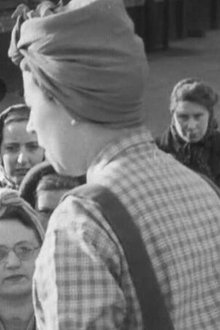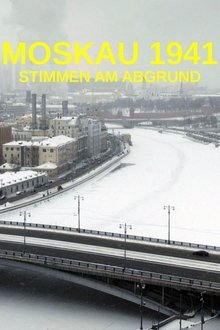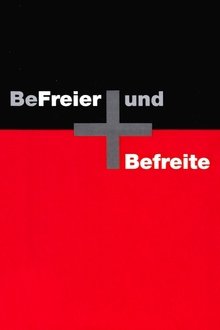Physicist Ted Hall is recruited to join the Manhattan Project as a teenager and goes to Los Alamos with no idea what he'll be working on. When he learns the true nature of the weapon being designed, he fears the post-war risk of a nuclear holocaust and begins to pass significant information to the Soviet Union.
Related Movies
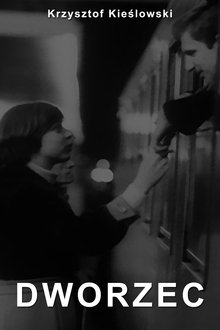
Railway Station (1980)
Warsaw's Central Railway Station. 'Someone has fallen asleep, someone's waiting for somebody else. Maybe they'll come, maybe they won't. The film is about people looking for something.
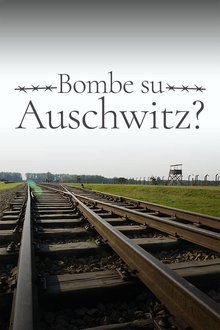
1944: Should We Bomb Auschwitz? (2019)
In 1944, two prisoners miraculously escaped from Auschwitz. They told the world of the horror of the Holocaust and raised one of the greatest moral questions of the 20th century.

Liebe Perla (1998)
Researcher Hannelore Witkovsky searches for the notorious Nazi war criminal Dr. Joseph Mengele's lost film about his experiments on a family of little people in Auschwitz including Holocaust survivor Perla Ubitsch, whom she befriends.
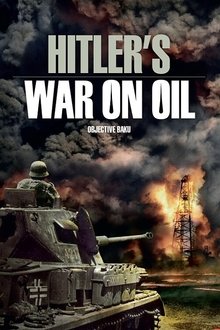
Hitler's War on Oil: Objective Baku (2015)
This film tells the story of World War II as experienced by the inhabitants of Baku, the capital of Azerbaijan, at the time a satellite of Moscow. The very rich oil deposits of the region aroused the covetousness of Hitler who needed the oil from Baku to carry out his program of world domination. His entire campaign of 1942-1943 was aimed at seizing them. But the Soviets and the Allies were determined to prevent him from doing so, by all means, including the most radical, even if it meant wiping the city off the map.

Max Manus - Mannen og Myten (1996)
The life of Maximo Guillermo "Max" Manus, a Norwegian resistance fighter, before and after World War II.
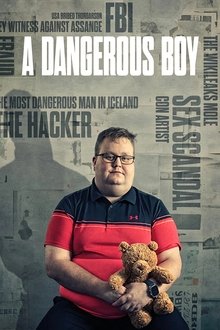
A Dangerous Boy (2024)
Sigurdur Thordarson, known as Siggi, becomes a hacker at 12, exposing Icelandic bank corruption at 14. Branded the "teenage whistleblower," he joins WikiLeaks in 2010, mentored by Julian Assange. Siggi leaks globally, but clashes with Assange, prompting him to spy for the FBI at 18. This tale weaves paranoia, hacking, and friendship, portraying Siggi's turbulent journey from trust to betrayal, revealing a heart-wrenching coming-of-age narrative.
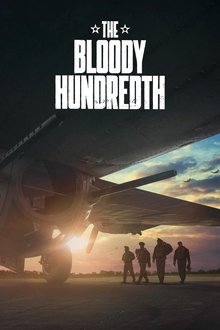
The Bloody Hundredth (2024)
Meet the real-life airmen who inspired Masters of the Air as they share the harrowing and transformative events of the 100th Bomb Group.
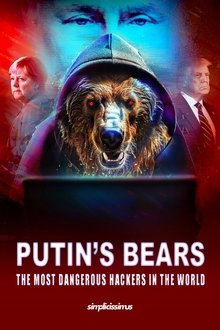
Putin's Bears - The Most Dangerous Hackers in the World (2024)
They call themselves Fancy Bear, Cozy Bear or Voodoo Bear. Elite units of the Russian secret services are hidden behind these code names. They are among the most dangerous hackers in the world. The bears were already in the computer of then-Chancellor Angela Merkel in 2015, interfered in the US election campaign in 2016 and are currently influencing the war in Ukraine. The makers of the successful YouTube channel “Simplicissimus” in co-production with funk and SWR are back and show the destructive potential of state hacking with this documentary. With the help of leading German hackers, cyberspace experts and a lot of humor, they delicately demystify the Russian bears: Who are the people behind them? How do they operate? And what makes them so incredibly dangerous?

Album(s) d'Auschwitz (2012)
Recently, two photo albums with photos from Auschwitz were found in 1944. One belongs to Officer Karl Höcker and the other prisoner Lili Jacob, who survived the concentration camp. The pictures taken during the same months show completely different worlds. A documentary that once again tells this important and awful part of Europe's history.
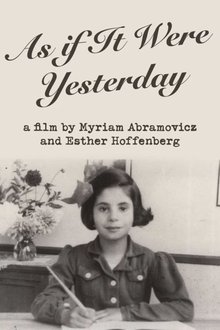
As If It Were Yesterday (1980)
Documents the little-known heroism of the Belgian Resistance who, during the Nazi occupation, hid over 4,000 Jewish children, rescuing them from deportation and extermination, , often risking their own lives. Directed by Myriam Abramowicz and Esther Hoffenberg, children of parents who spent the war in hiding, the film inspired the creation of The Hidden Child, a world-wide network of hidden children, which, for three decades, has organized reunions of hidden children with the families who hid them in Belgium during WWII.

Rhin et Danube (1948)
A documentary produced by the French armed forces which chronicles the way of France’s “1ere armée” in the second world war from the days it first crossed the Rhine in March of 1945, through the liberation of a POW-camp in Swabia, until the forces reached the Danube and the Alps at the end of the war and the day French troops marched in the victory parade in Berlin.
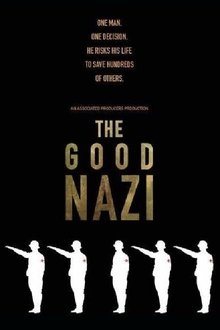
The Good Nazi (2018)
By tracking scientists and Holocaust survivors in Lithuania, The Good Nazi tells the story of a Schindler-type Nazi officer who turned his back on his dark ideology and risked his life to save hundreds of Jews.
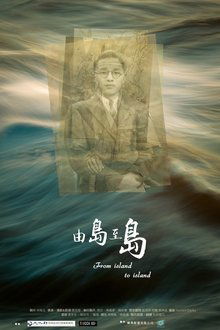
From Island to Island (2024)
During World War II, Taiwan was part of the Japanese Empire. This documentary explores the experiences of Taiwanese soldiers, doctors, and overseas residents in Southeast Asia during that time. Using cross-generational memory dialogues, family letters, diaries, and videos, the film addresses the complexities of Taiwan's historical memory and diverse identities during that period.
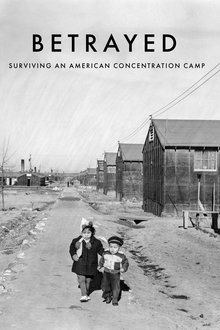
Betrayed: Surviving an American Concentration Camp (2022)
The story of the unjust incarceration of Japanese Americans and the loss of civil rights.
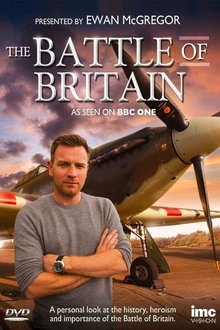
The Battle of Britain (2010)
Seventy years on, brothers Colin and Ewan McGregor take viewers through the key moments of the Battle of Britain, when 'the few' of the RAF faced the might of the Nazi Luftwaffe. As they fly historic planes, meet the veterans, explore the tactics and technology, Colin and Ewan discover the importance of the Battle and the surviving legacy of the 1940's campaign for the modern RAF.
